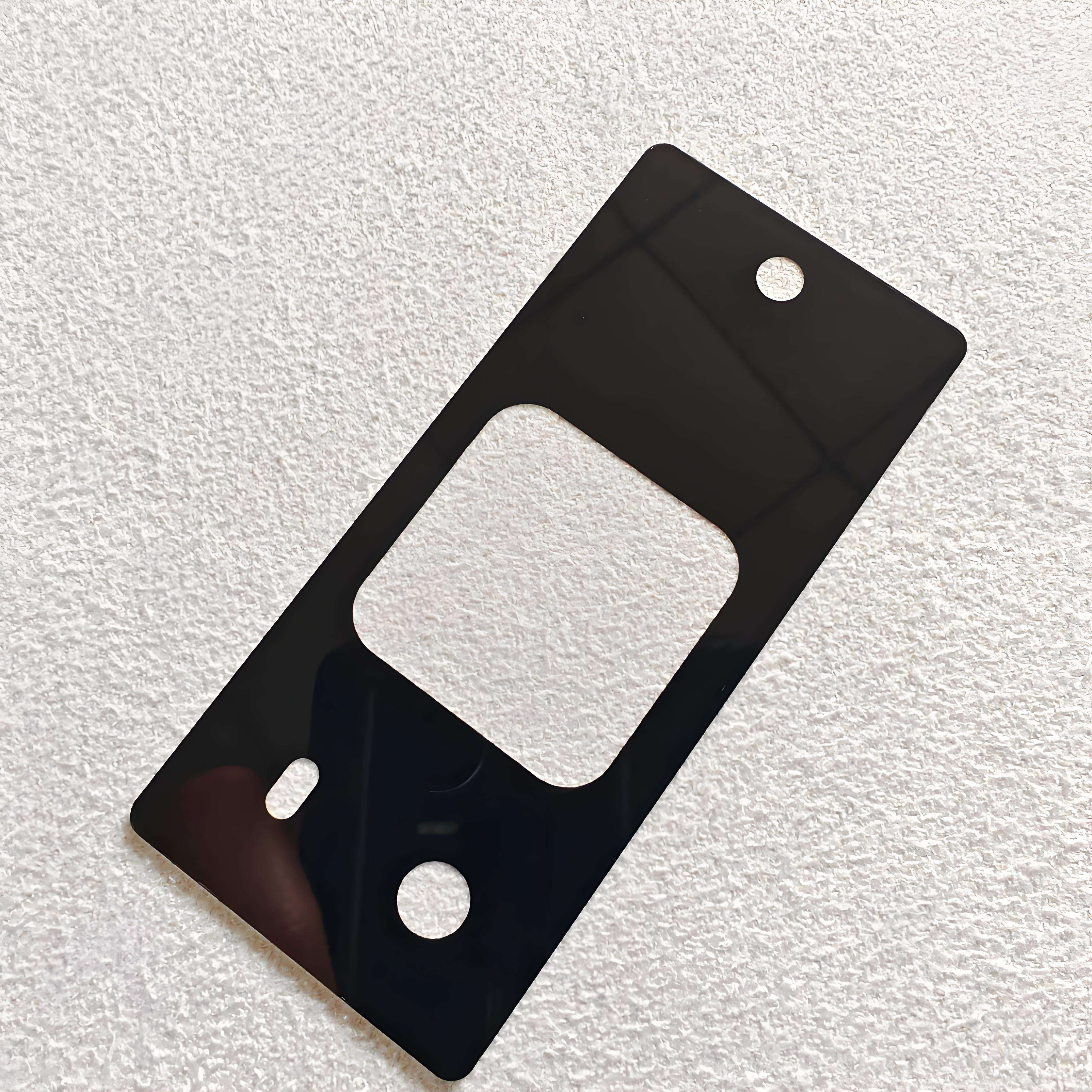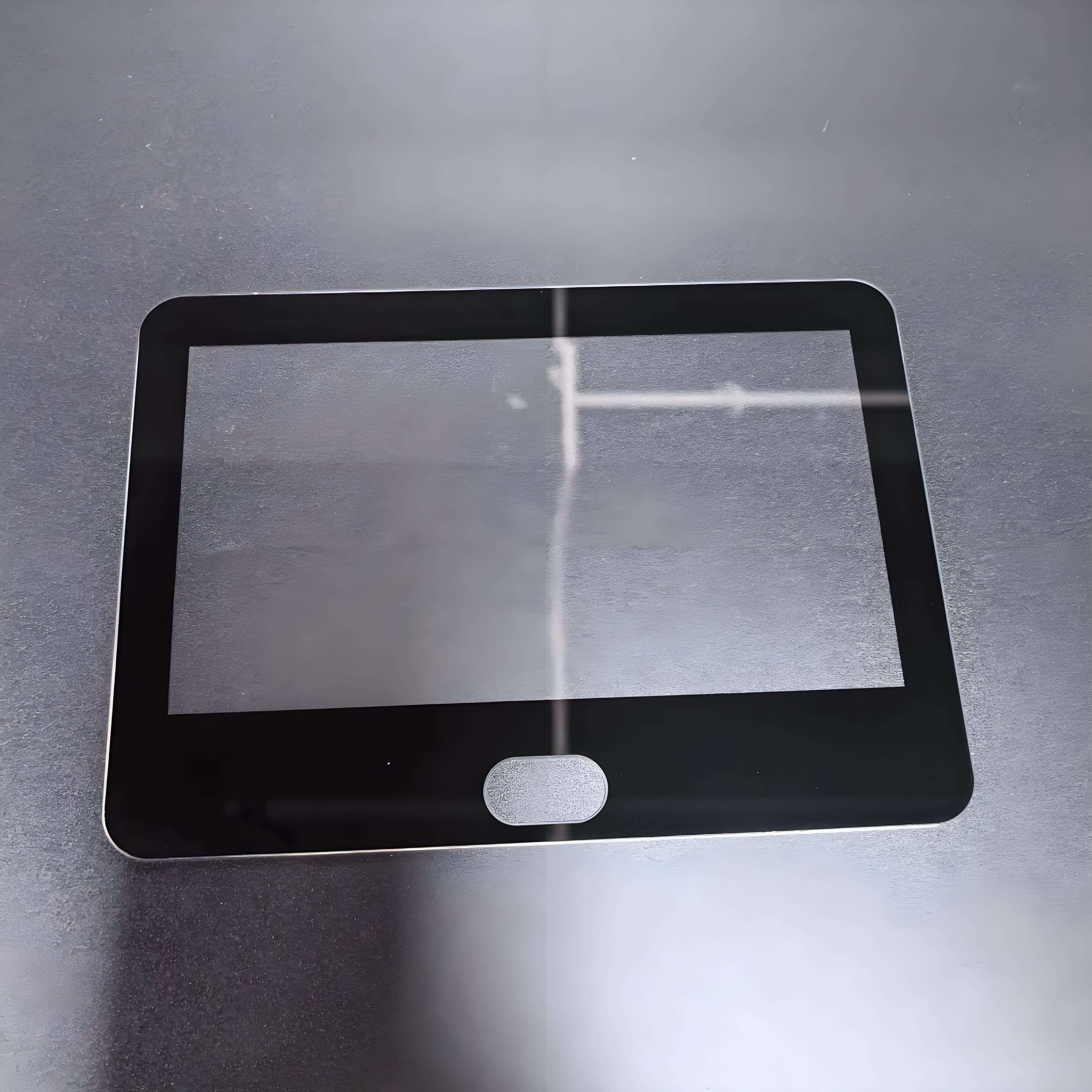Modern Architecture's Game-Changing Choice: Glass vs. Traditional Walls
The evolution of architectural design has brought us to a fascinating crossroads where traditional building methods meet innovative solutions. Glass panel walls have emerged as a transformative element in modern construction, challenging the centuries-old dominance of conventional walls. This comprehensive guide explores the distinctive characteristics, benefits, and considerations of both options to help you make an informed decision for your space.
The Rise of Glass Panel Architecture
Evolution of Glass in Modern Design
The journey of glass panel walls from luxury novelty to mainstream architectural element reflects broader changes in our approach to building design. Today's glass panels are engineering marvels, incorporating advanced technologies for strength, insulation, and sustainability. The transformation has been remarkable, with glass panel walls now featuring in everything from corporate headquarters to residential homes.
Modern glass panels offer unprecedented design possibilities, with options ranging from fully transparent to smart glass that changes opacity on demand. This versatility has made glass panel walls increasingly popular in both commercial and residential applications, revolutionizing how we think about space division and natural light manipulation.
Technical Advancements in Glass Technology
Recent innovations have addressed historical concerns about glass panel walls, particularly regarding energy efficiency and durability. Double and triple-glazed panels, low-E coatings, and gas-filled spaces between panes have dramatically improved thermal performance. These technological advances mean today's glass panel walls can match or exceed the insulation properties of traditional walls.
Safety features have also evolved significantly, with laminated and tempered glass options providing superior strength and security. Modern glass panels can withstand severe weather conditions and even seismic activity, making them suitable for diverse environmental challenges.

Traditional Walls: Time-Tested Benefits
Structural Advantages of Conventional Walls
Traditional walls have earned their place in architecture through centuries of reliable performance. They excel in load-bearing capabilities, providing essential structural support while offering superior sound insulation. The thermal mass of conventional walls helps regulate indoor temperatures naturally, contributing to energy efficiency in both hot and cold climates.
The versatility of traditional wall construction allows for easy integration of electrical, plumbing, and HVAC systems. This practical aspect remains a significant advantage, particularly in residential construction where utility infrastructure is crucial.
Cost and Maintenance Considerations
Traditional walls typically offer lower initial construction costs compared to glass panel installations. The materials are readily available, and construction techniques are well-established, making them a cost-effective choice for many projects. Maintenance requirements are generally minimal, with periodic painting or repairs being the main considerations.
The durability of conventional walls is proven, with many structures standing for decades or even centuries with proper maintenance. This longevity factor remains a compelling argument for traditional wall construction in many applications.
Comparative Analysis of Performance Factors
Energy Efficiency and Environmental Impact
Glass panel walls, when properly specified and installed, can offer remarkable energy performance through advanced glazing technologies. They maximize natural light utilization, potentially reducing artificial lighting needs and associated energy costs. However, their environmental impact extends beyond energy efficiency to considerations of manufacturing processes and end-of-life recyclability.
Traditional walls generally provide consistent thermal performance but may require additional insulation to meet modern energy standards. Their environmental impact varies significantly based on material choices, with options ranging from high-carbon concrete to sustainable wood products.
Aesthetic and Spatial Considerations
Glass panel walls create an unmistakable sense of openness and connection with the exterior environment. They blur the boundaries between indoor and outdoor spaces, potentially making rooms feel larger and more connected to nature. This visual expansion can transform the character of a space, creating dramatic architectural statements.
Traditional walls offer different aesthetic advantages, providing privacy and a solid canvas for interior design. They allow for greater flexibility in furniture placement and artwork display, supporting more conventional interior styling approaches.
Making the Right Choice for Your Project
Climate and Location Factors
The effectiveness of glass panel walls versus traditional walls often depends heavily on local climate conditions. In moderate climates, glass panels can maximize natural heating and cooling benefits. However, extreme climates may favor traditional walls for their superior insulation properties and weather resistance.
Site orientation and surrounding environment also play crucial roles in the decision. Glass panels can capitalize on desirable views and natural light, while traditional walls might better suit areas requiring privacy or noise reduction.
Budget and Long-term Value Considerations
Initial installation costs typically favor traditional walls, but the long-term value proposition may support glass panel installations. Energy savings, increased property value, and potential productivity benefits in commercial spaces can offset higher upfront costs of glass panel walls.
Maintenance requirements and replacement costs should factor into long-term planning. While glass panels may require more frequent cleaning, their durability and potential for component replacement can make them cost-effective over time.
Frequently Asked Questions
How do glass panel walls impact energy bills?
Modern glass panel walls with advanced insulation properties can maintain excellent energy efficiency. While they may require initial investment in high-quality materials, they can reduce lighting costs through natural light utilization and maintain comfortable indoor temperatures when properly specified.
Are glass panel walls safe in severe weather?
Contemporary glass panel walls are engineered to withstand significant weather events. They undergo rigorous testing for wind resistance, impact protection, and thermal stress. Many systems meet or exceed building code requirements for severe weather conditions.
Can traditional walls be modified to include more glass elements?
Existing traditional walls can often be modified to incorporate glass elements through careful structural planning. This hybrid approach can offer the best of both worlds, combining the structural benefits of traditional walls with the aesthetic advantages of glass panels.


